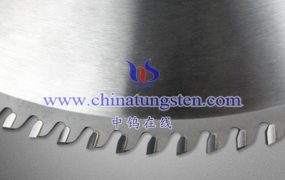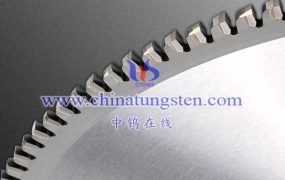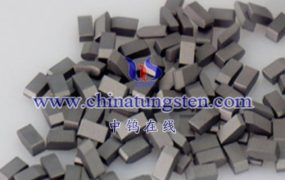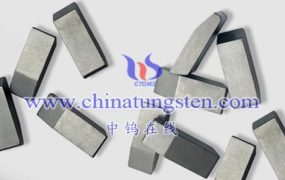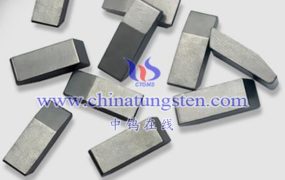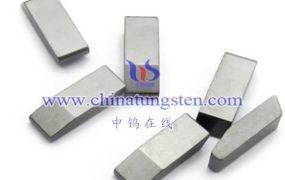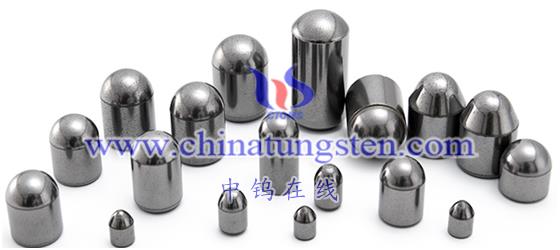
Hardness testing methods for cemented carbide include:
1. Rockwell hardness testing method: This method uses a steel ball with a diameter of 1/16 inches or a diamond cone with a cone angle of 120° as the indenter. The total load is applied twice as the initial load and the main load. The indentation depth is used as the indenter. The basis for calibrating hardness values. This method uses different loads and indenters to form different Rockwell hardness scales. There are three commonly used scales: A, B, and C.
2. Brinell hardness testing method: This method uses a carbide ball with a diameter of 1/2 inch as the indenter. The indenter is pressed into the surface of the sample under a certain load. After a period of time, the load is removed and the pressure is measured. The diameter of the indentation is determined, and the hardness value is calculated based on the relationship between the indentation diameter and load.
3. Vickers hardness testing method: This method uses a diamond square pyramid with a cone angle of 136° as the indenter. The indenter is pressed into the surface of the sample under a certain load. After a period of time, the load is removed and the indentation is measured. The length of the diagonal line, and the hardness value is calculated based on the relationship between the diagonal line of the indentation and the load.
In addition, there are microhardness testing methods and Knoop hardness testing methods. The microhardness testing method uses a smaller load and a smaller indenter, which is suitable for measuring thinner samples; the Knoop hardness testing method uses a rectangular plane indenter, which can measure the hardness values of different cross-sections.
More details of tungsten carbide product, please visit website: http://tungsten-carbide.com.cn/
Please contact CHINATUNGSTEN for inquiry and order of tungsten carbide:
Email: sales@chinatungsten.com
Tel.: 86 592 5129595
